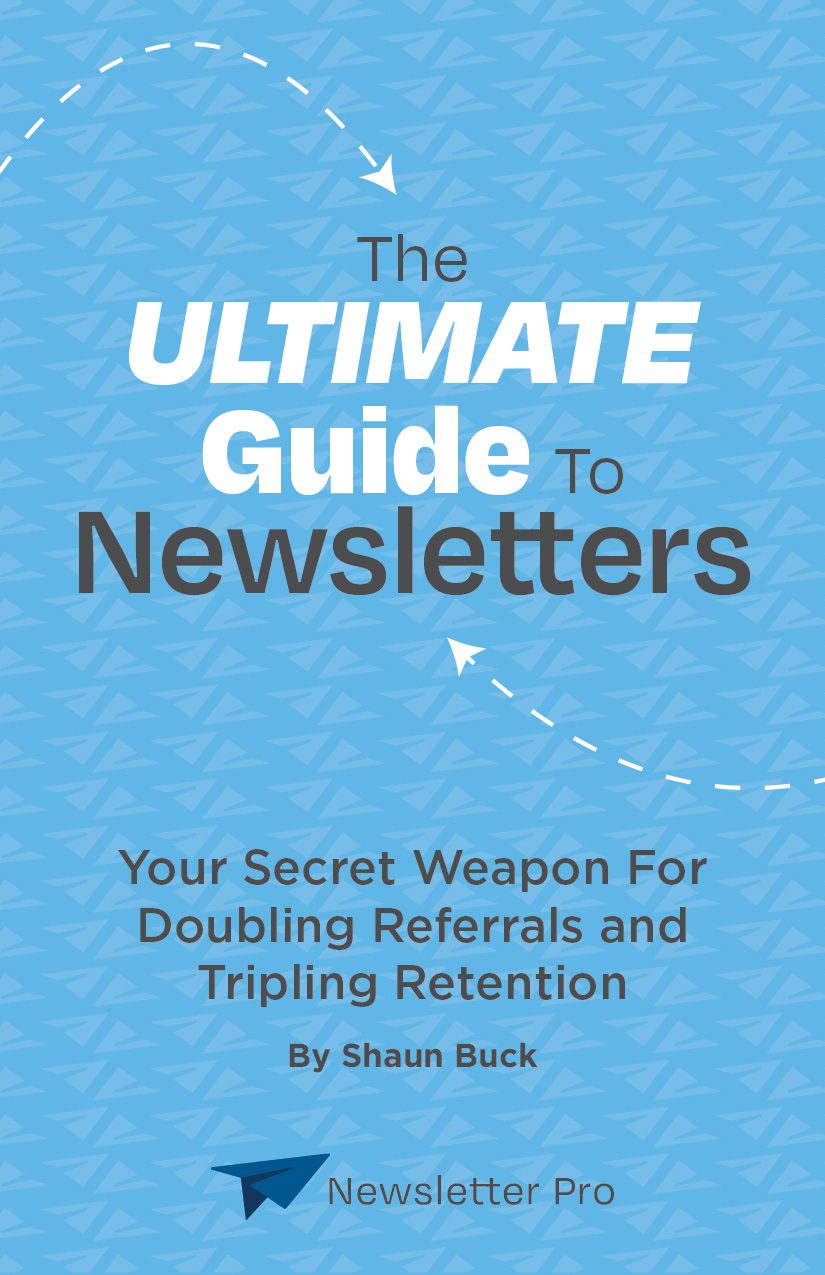Do you want to get more new customers, more referrals, and increase your customers' lifetime value? Grab a FREE copy of my book Newsletter Marketing to learn how newsletters can help you grow your business!

Examples
B2B Newsletters
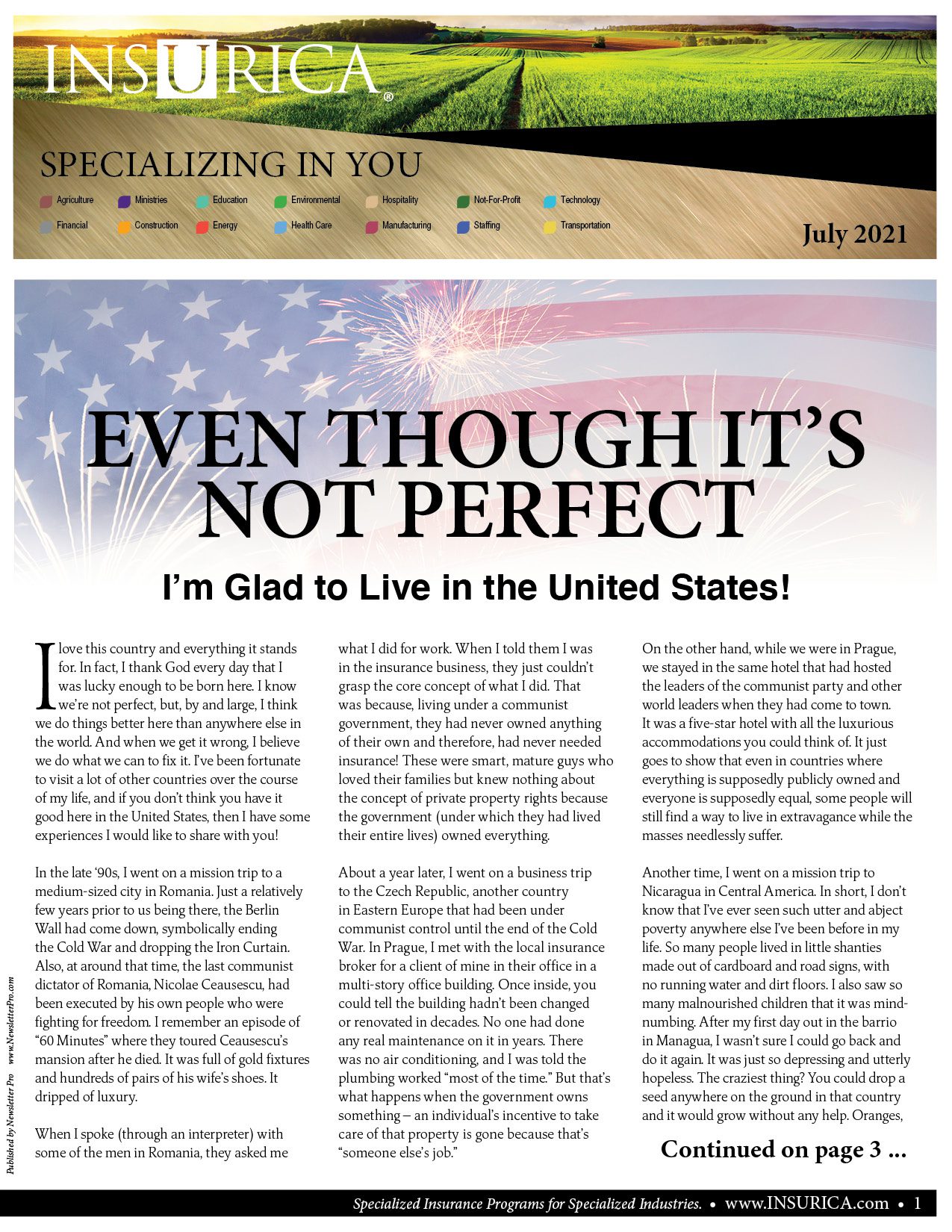
INSURICA Little Rock INSURICA is among the 40 largest insurance brokers in the United States and is currently the 24th largest privately held independent agency in the country.
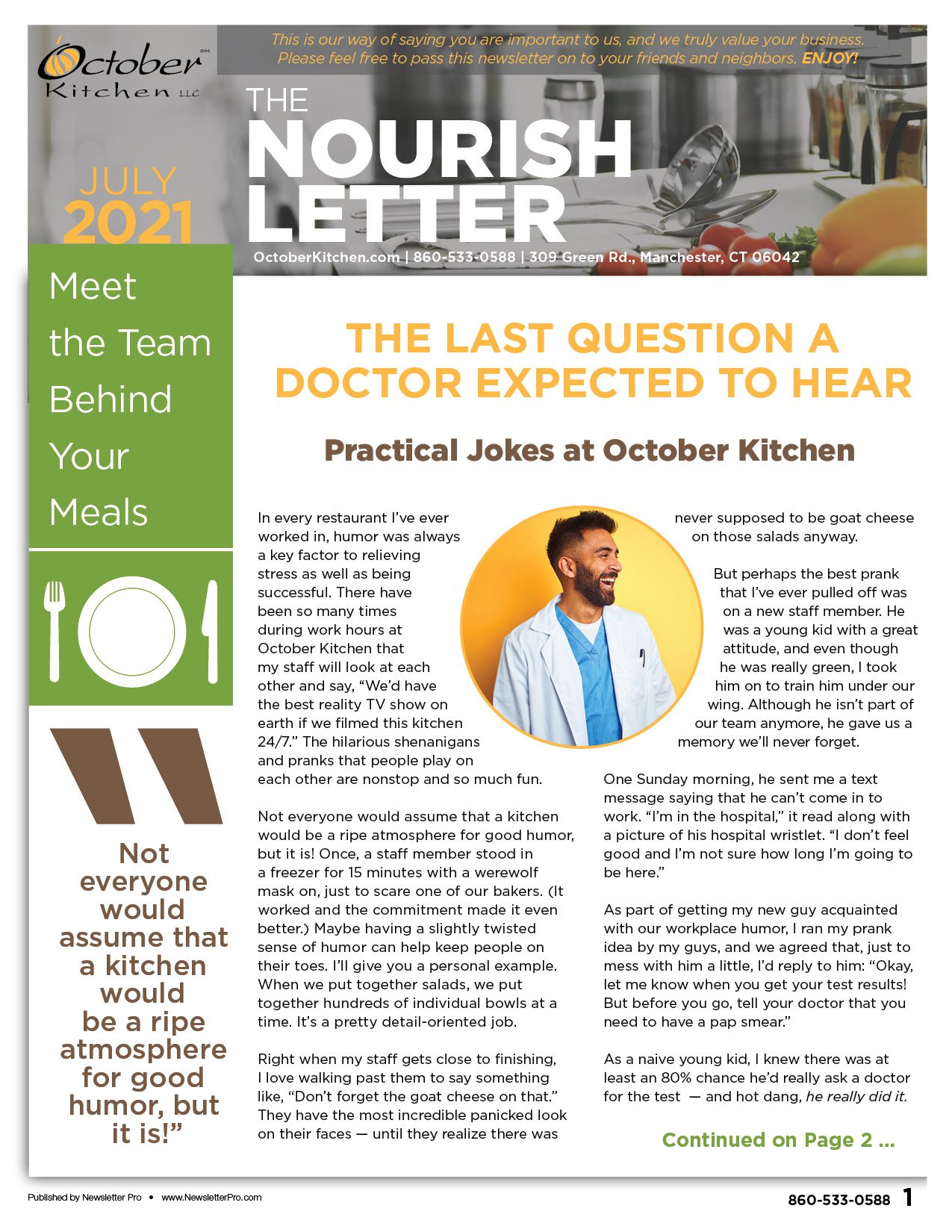
October Kitchen October Kitchen is a full commercial production kitchen that has grown to serve over four thousand households in central Connecticut.
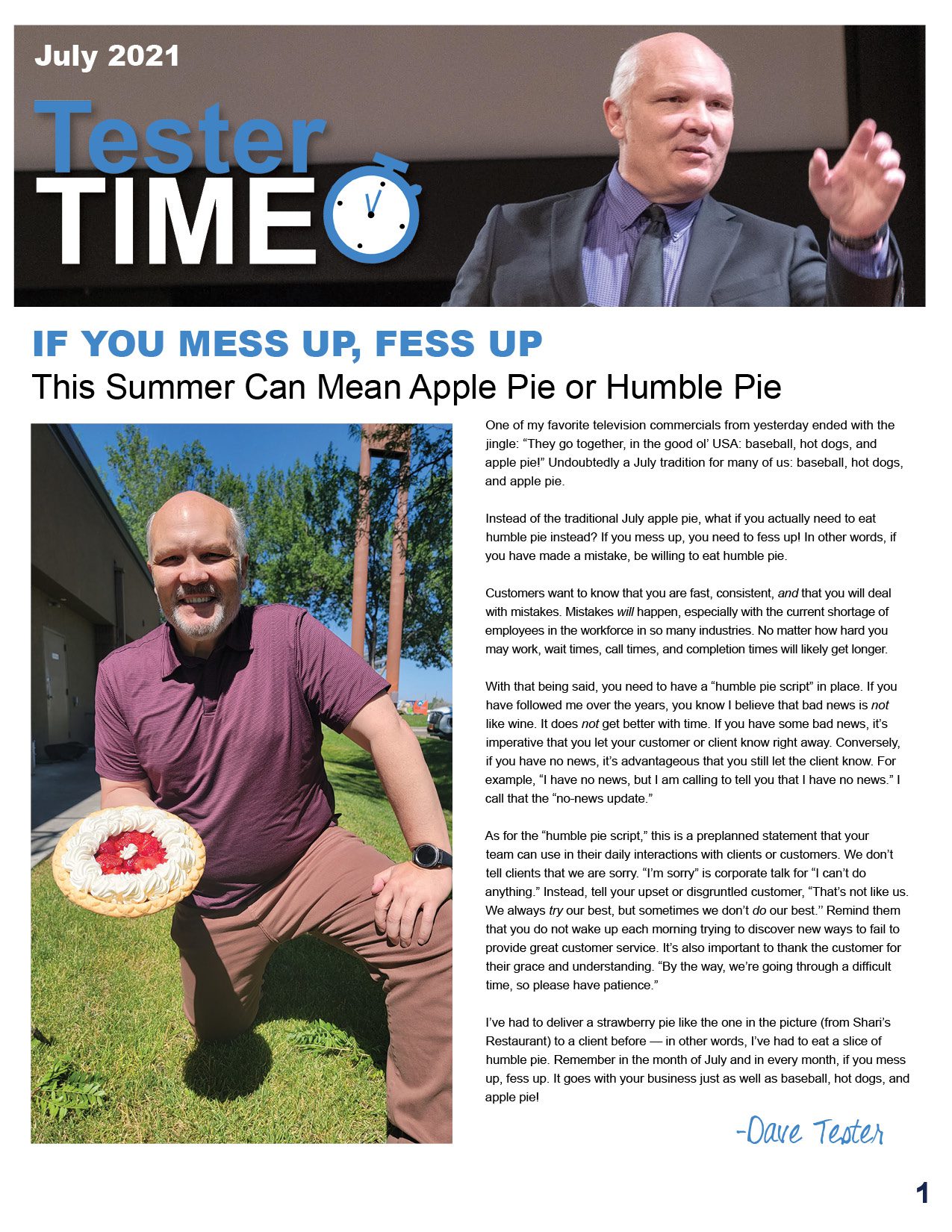
Jon Carson Consulting Jon Carson Consulting is a sales performance and strategic growth company led by executive coach Dave Tester and creative director Claudia Weathermon.
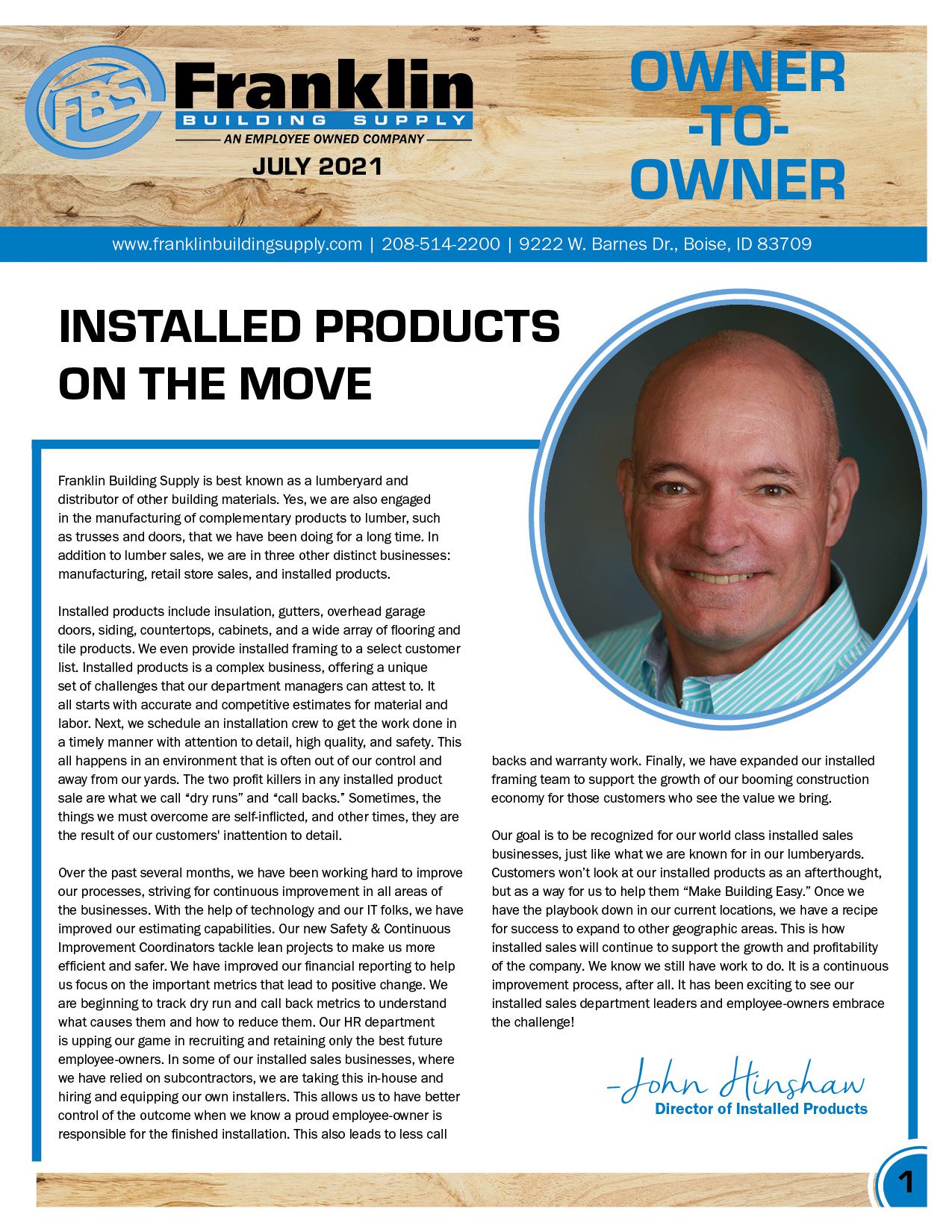
Franklin Building Supply Franklin Building Supply is a purveyor of fine home building goods. Their locations offer in-stock material for everything from framing (lumber) to finish (cabinets, carpet, etc.) with a healthy dose of industry knowledge and genuinely helpful service.
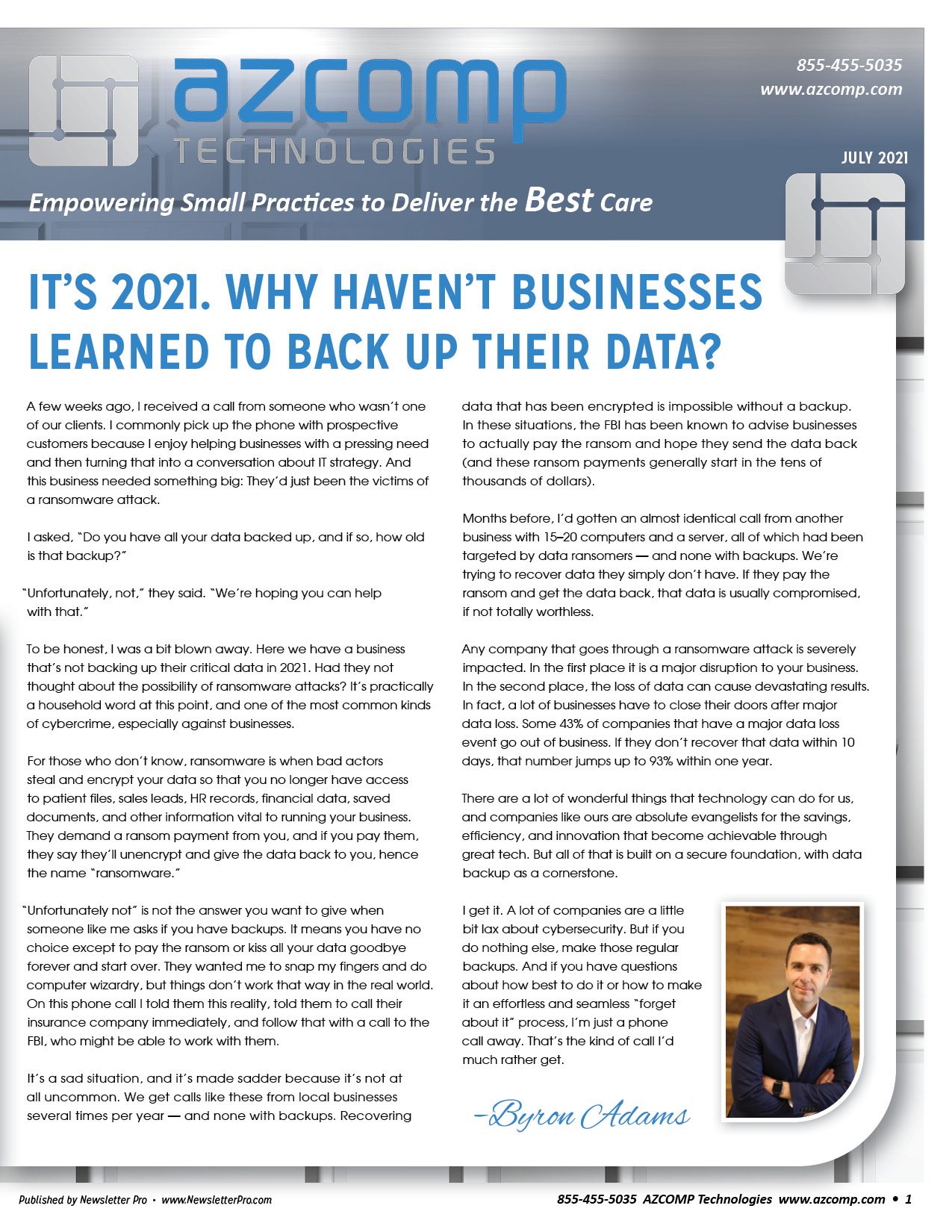
AZComp Technologies AZCOMP Technologies is a leading provider of Medisoft medical billing software in the nation and provide support, training, and more.

Agent Link AgentLink is an insurance broker that is focused on building relationships within their agent network. AgentLink agents enjoy world-class customer service, state-of-the-art technology, a comprehensive portfolio of products and services, agent partner/referral arrangements, back-room administrative support, and more.
B2C Newsletters
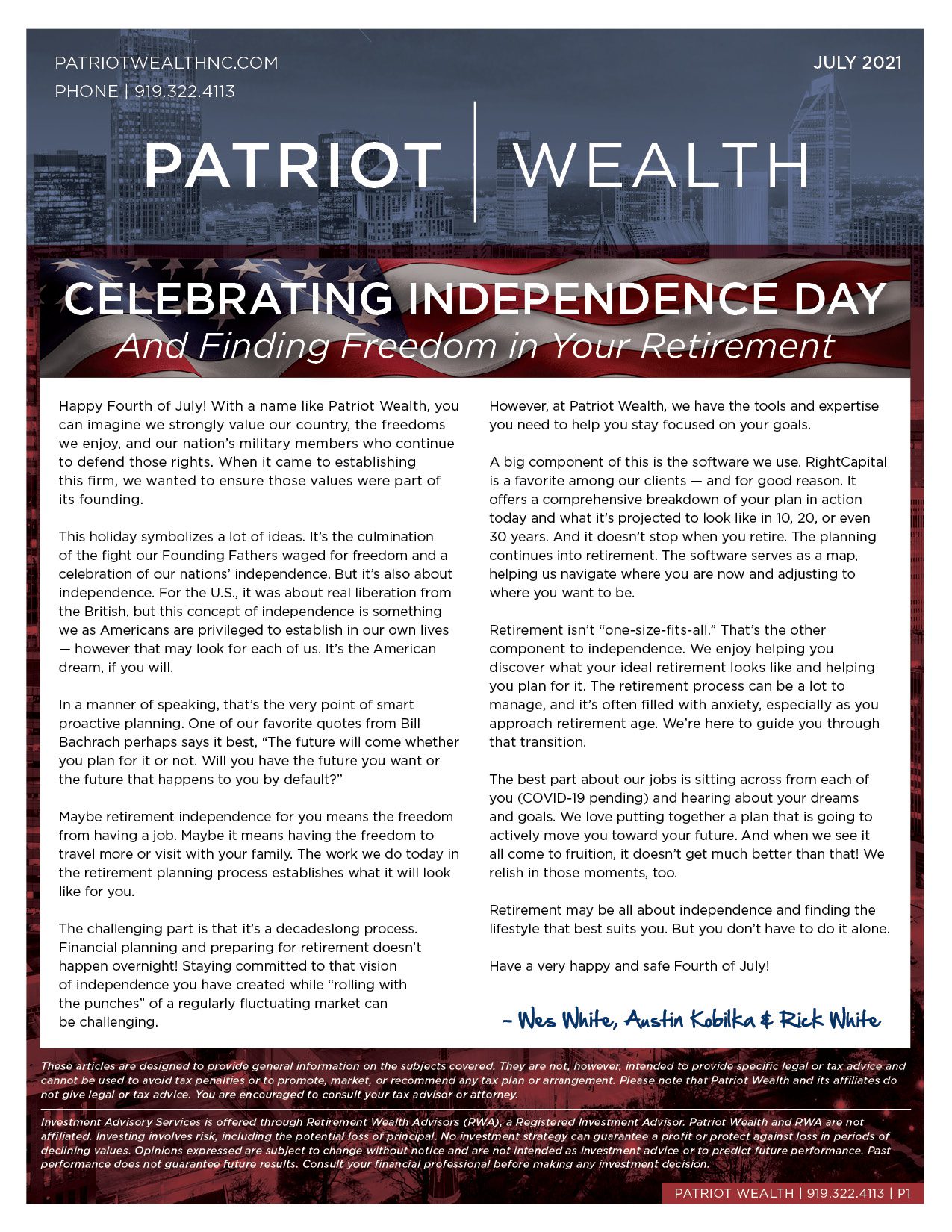
Patriot Wealth News Patriot Wealth Management is a fee-based investment advisory firm headquartered in Raleigh, NC.

Omaha Insurance Solutions Omaha Insurance Solutions is an independent insurance agency acting as a broker with many recognized, top-tier insurance companies offering you a very wide selection of health insurance products.
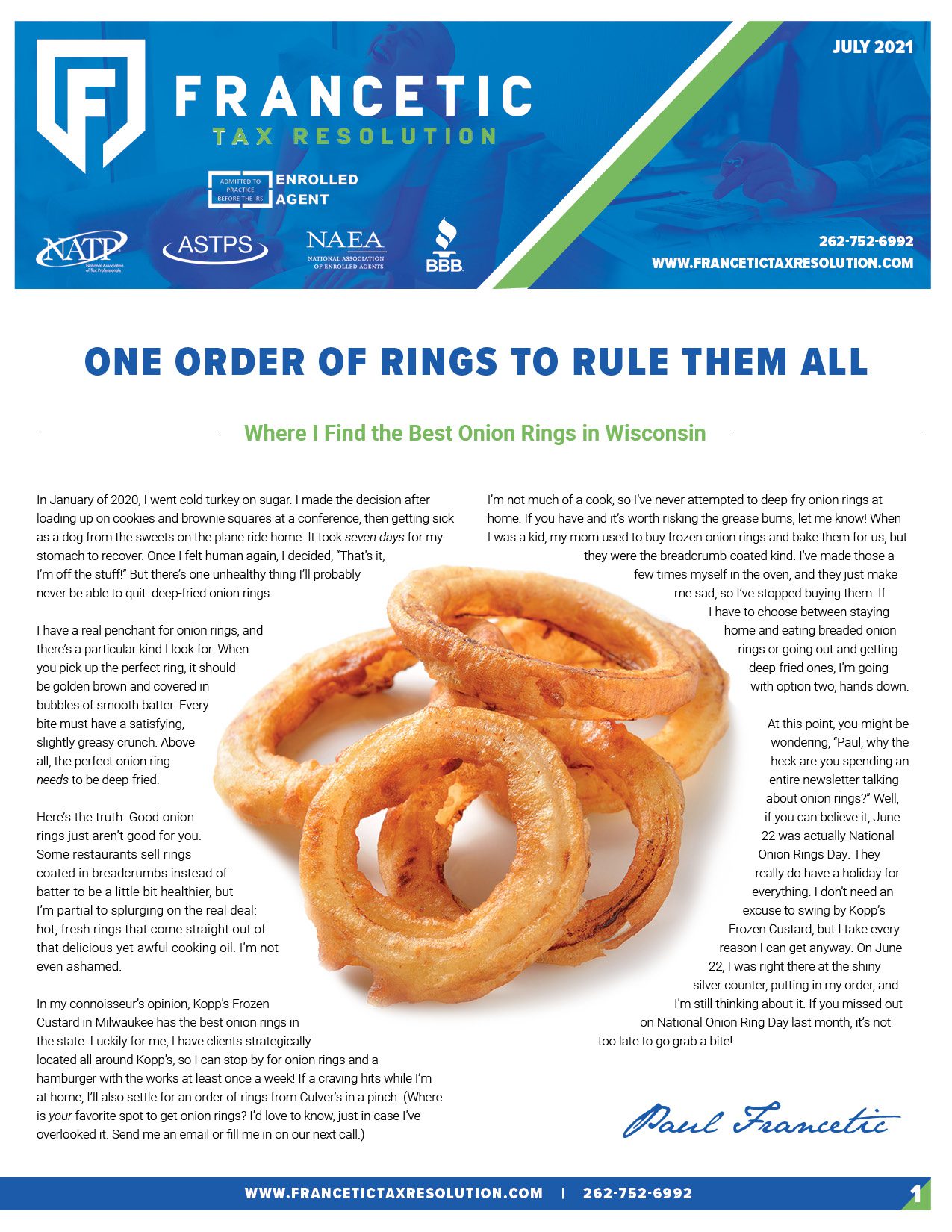
Francetic Tax Resolution LLC Francetic Tax Resolution LLC specializes in helping individuals navigate tax issues and mediate with tax officals.
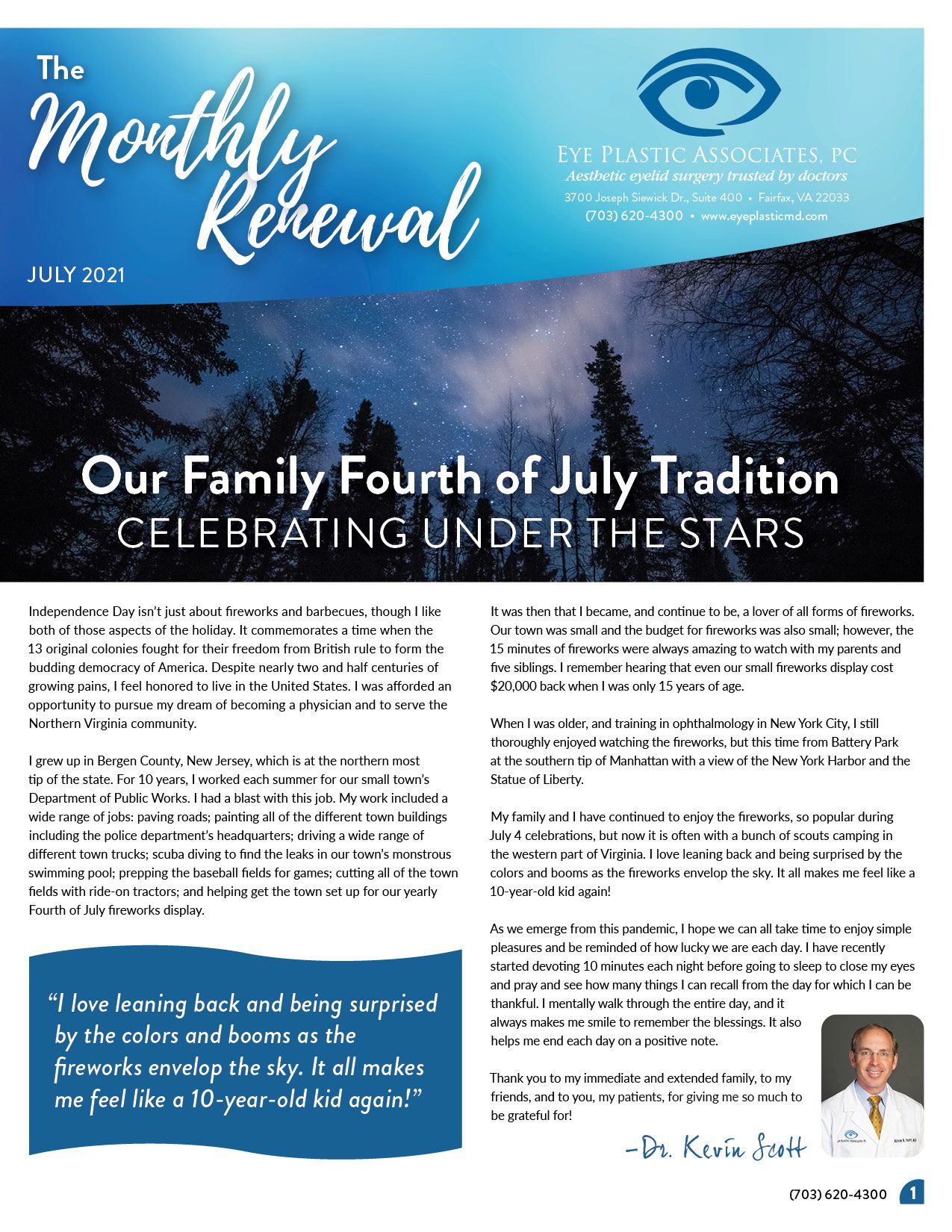
Eye Plastic Associates Eye Plastic Associates specializes in eyelid plastic surgery, laser eyelid surgery, blepharoplasty, facial rejuvenation, laser skin resurfacing, and care for aging eyes.
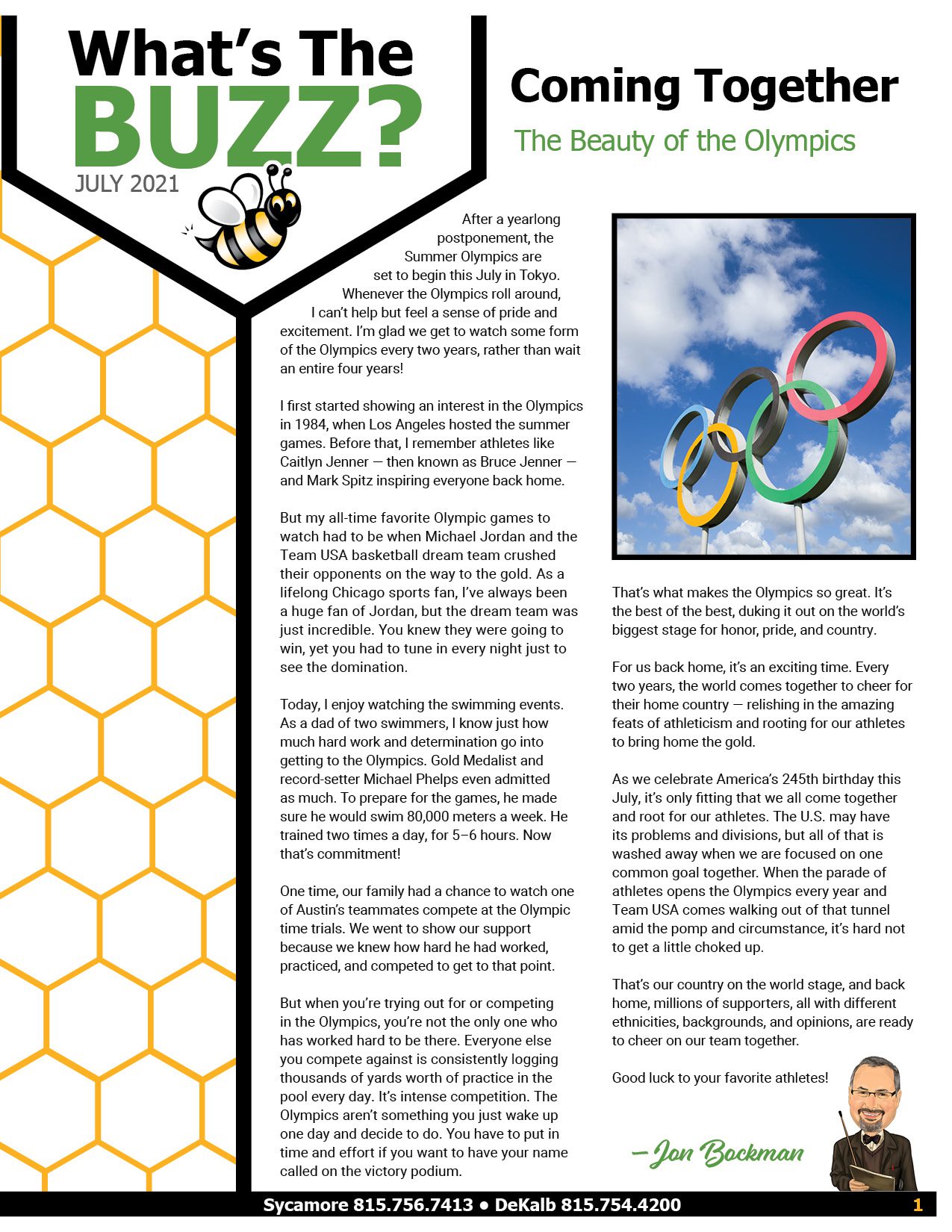
Bockmans Auto Care Bockman's Auto Care has been Sycamore Illinios' top auto repair shop since 1964.
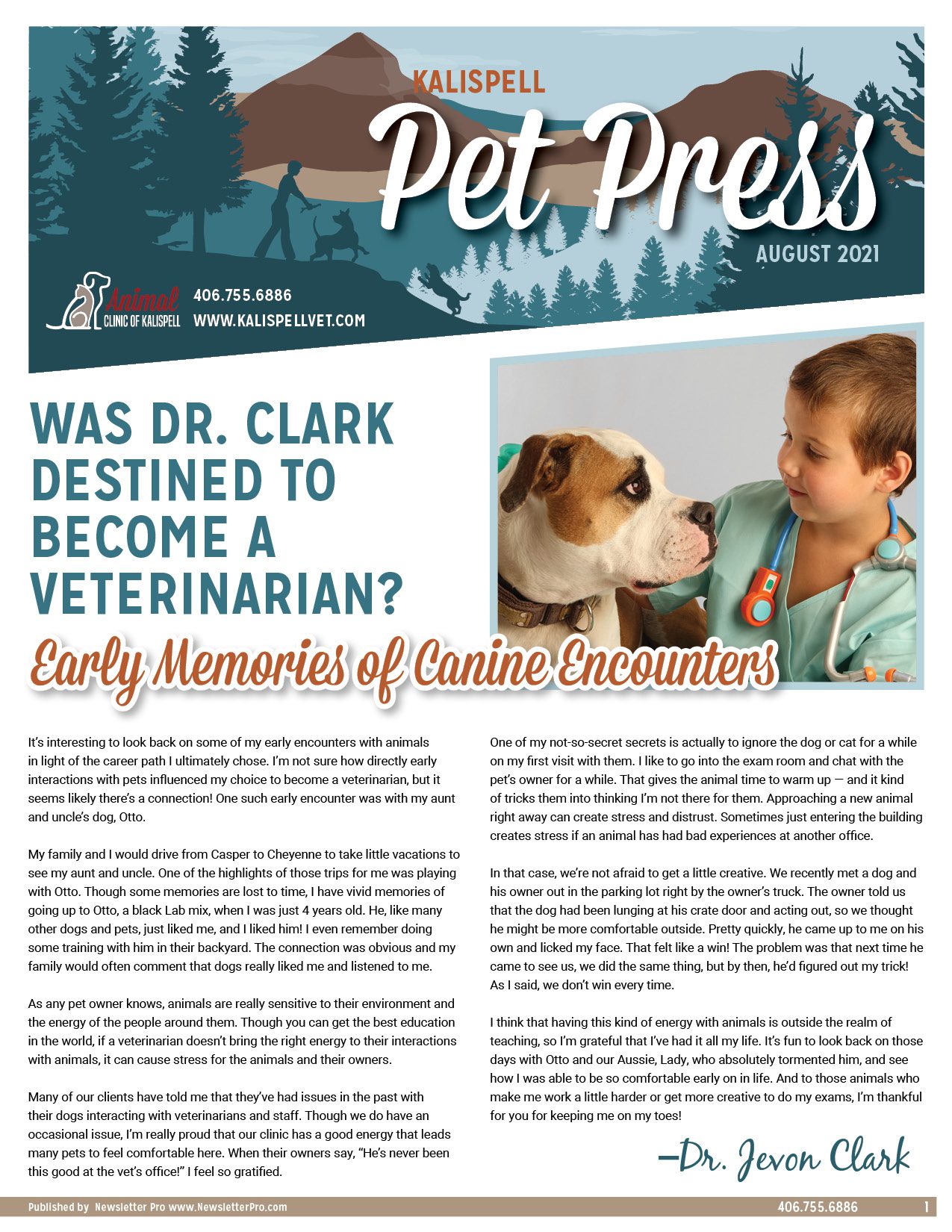
Animal Clinic of Kalispell The Animal Clinic of Kalispell advocates for pets and nurtures the bond with their family by providing the absolute best patient and client care available in the Flathead Valley.
Dental Newsletters

Gardens Dental Care Gardens Dental Care is a modern, state-of-the-art practice offering patients in the Palm Beach Gardens area a full-range of general and cosmetic dental services, from routine checkups to complete smile makeovers.

Flax Dental Flax Dental is at the forefront of dental advancements and education, discovering and using new technologies that will improve patients’ oral health and appearance.

Elkins Dental Elkins Dental is located in Emmett, Idaho, and provides general dentistry procedures and services.

Calapooia Family Dental Calapooia Dental provides preventive, restorative, cosmetic, and emergency dentistry services in Albany, Oregon.
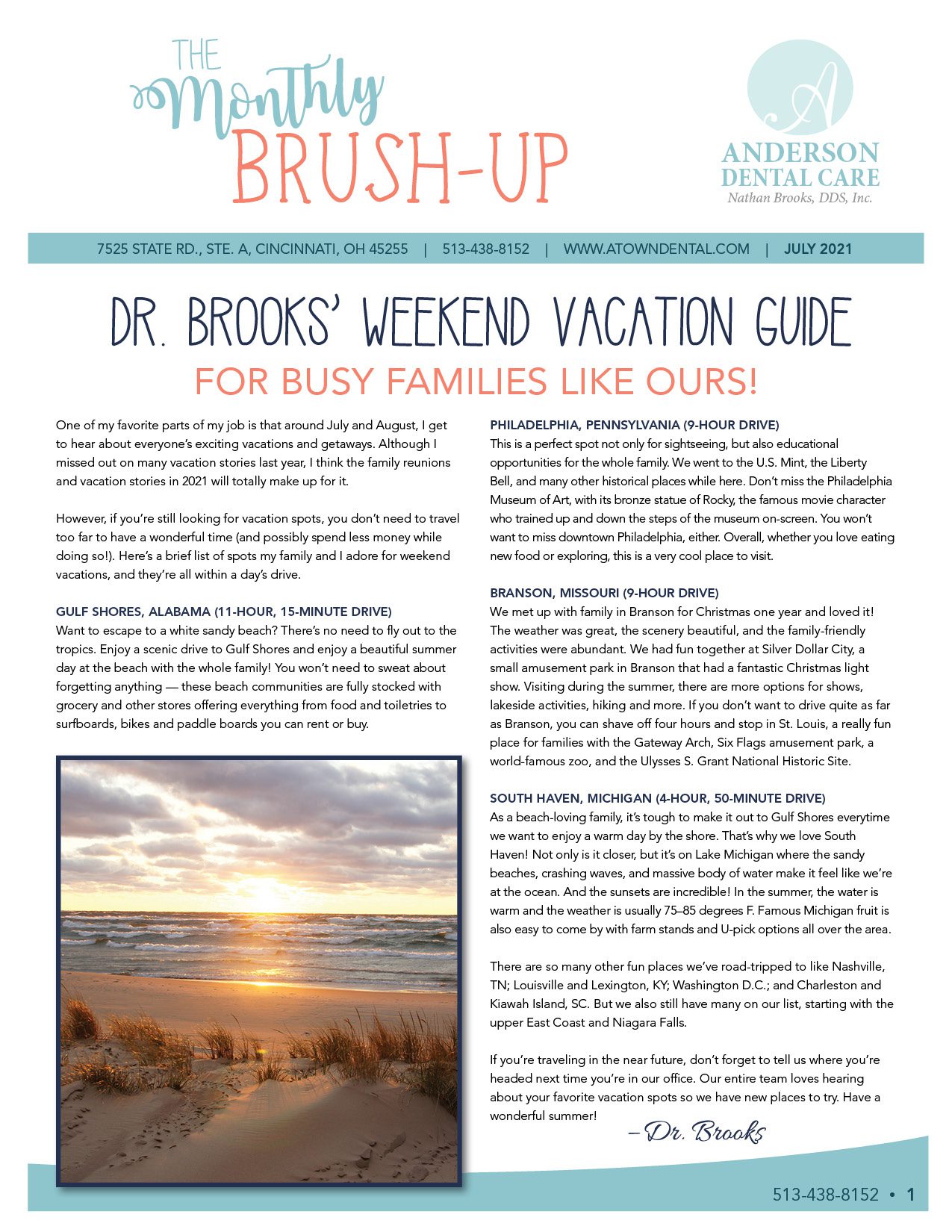
Anderson Dental Care Anderson Dental Care offers everything from X-rays and cleanings to fillings, crowns, bridges, implants, nightguards, and more.
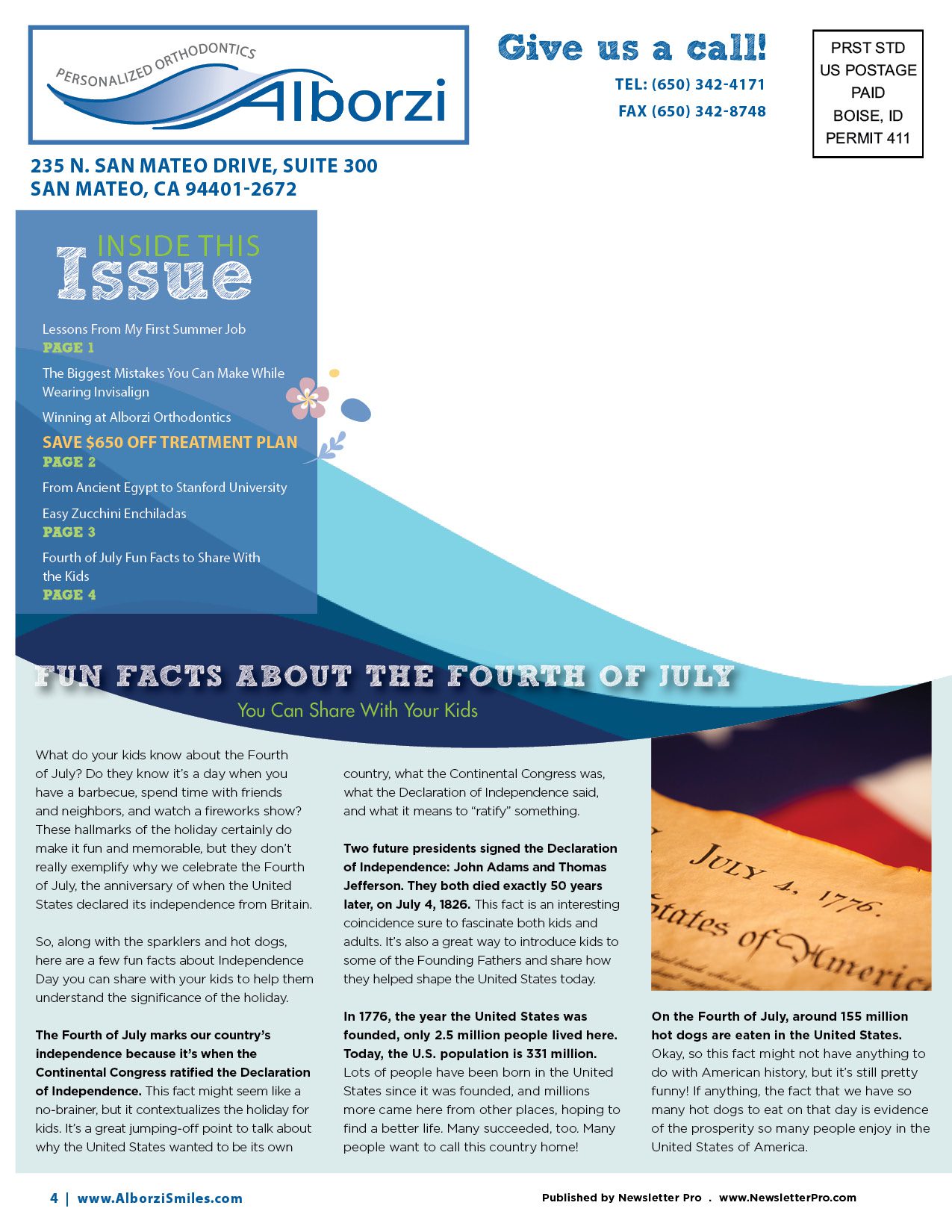
Alborzi Dental Alborzi Orthodontics is located in California and provides a wide range of orthodontics services for children and adults.
Law Firm Newsletters
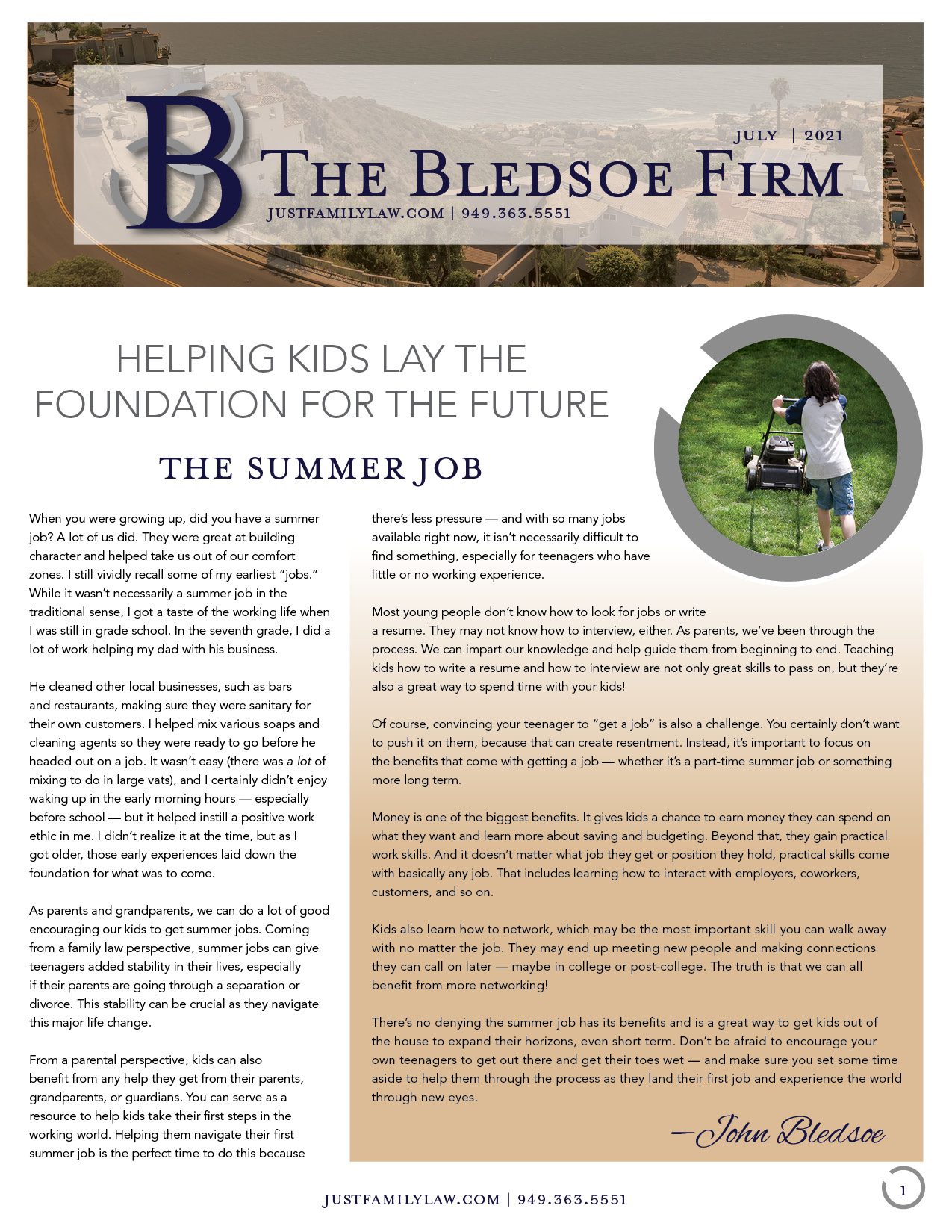
The Bledsoe Firm The Bledsoe Firm LLC is a firm serving Lake Forest, California in family law, divorce, and child custody cases.
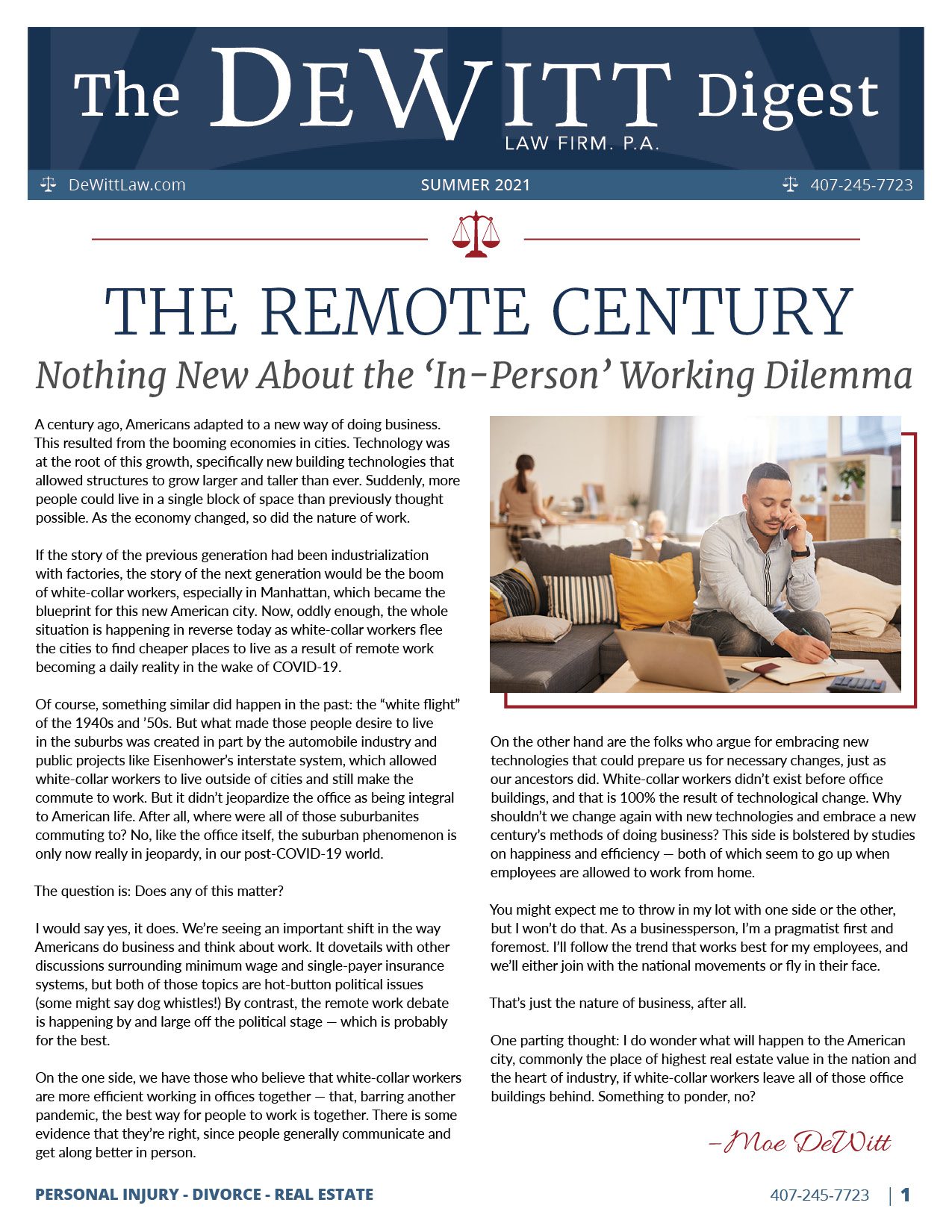
Dewitt Law DeWitt Law PLLC supports clients in family law, adoption, and child custody cases.
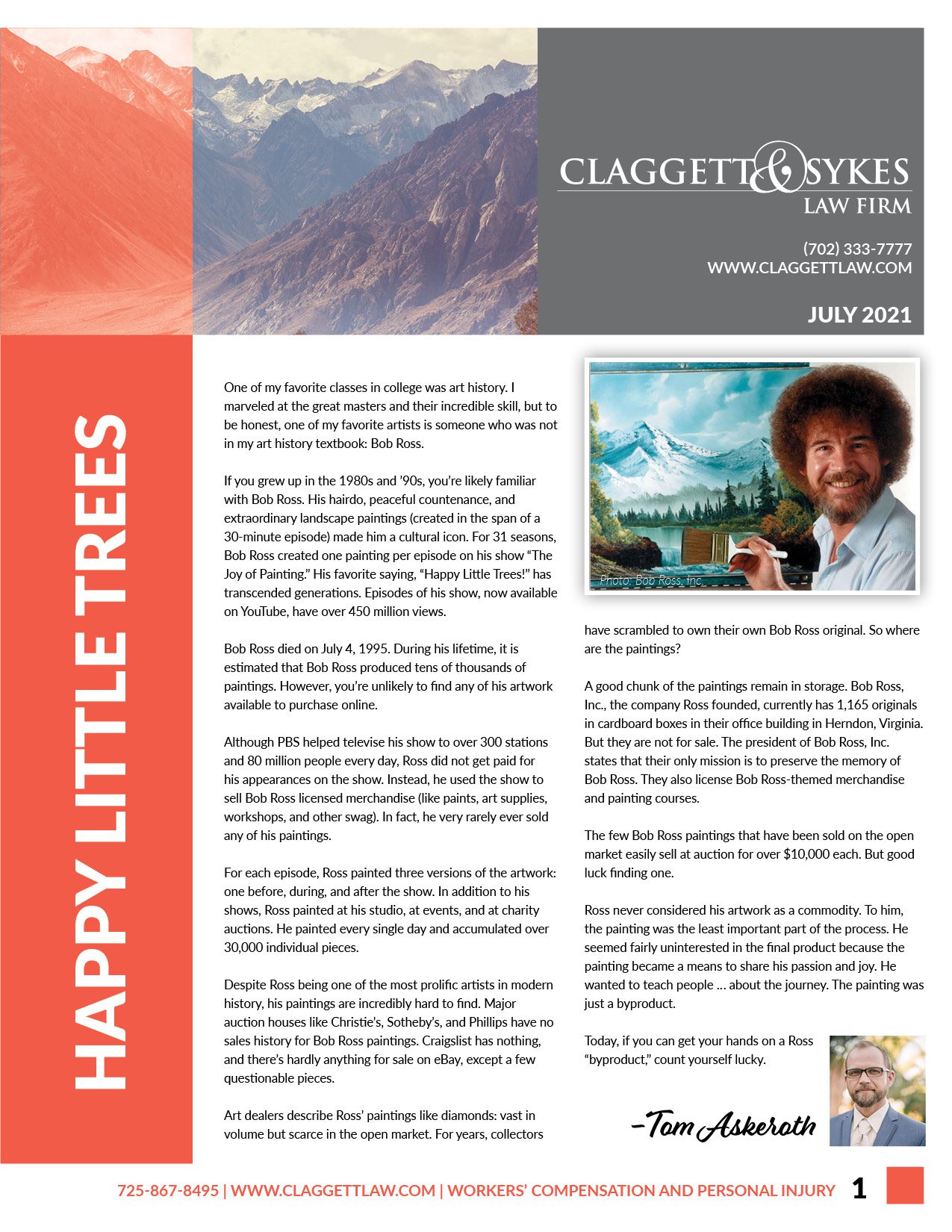
Claggett Sykes Law Firm Claggett & Sykes is a personal injury law firm in Las Vegas, Nevada, that specializes in automobile, motorcycle, and bicycle accidents.

Chute O'Malley Colin J. O’Malley is a personal injury lawyer representing clients who have sustained traumatic brain injuries, paralysis, multiple fractures, and amputations or have lost loved ones due to negligence.
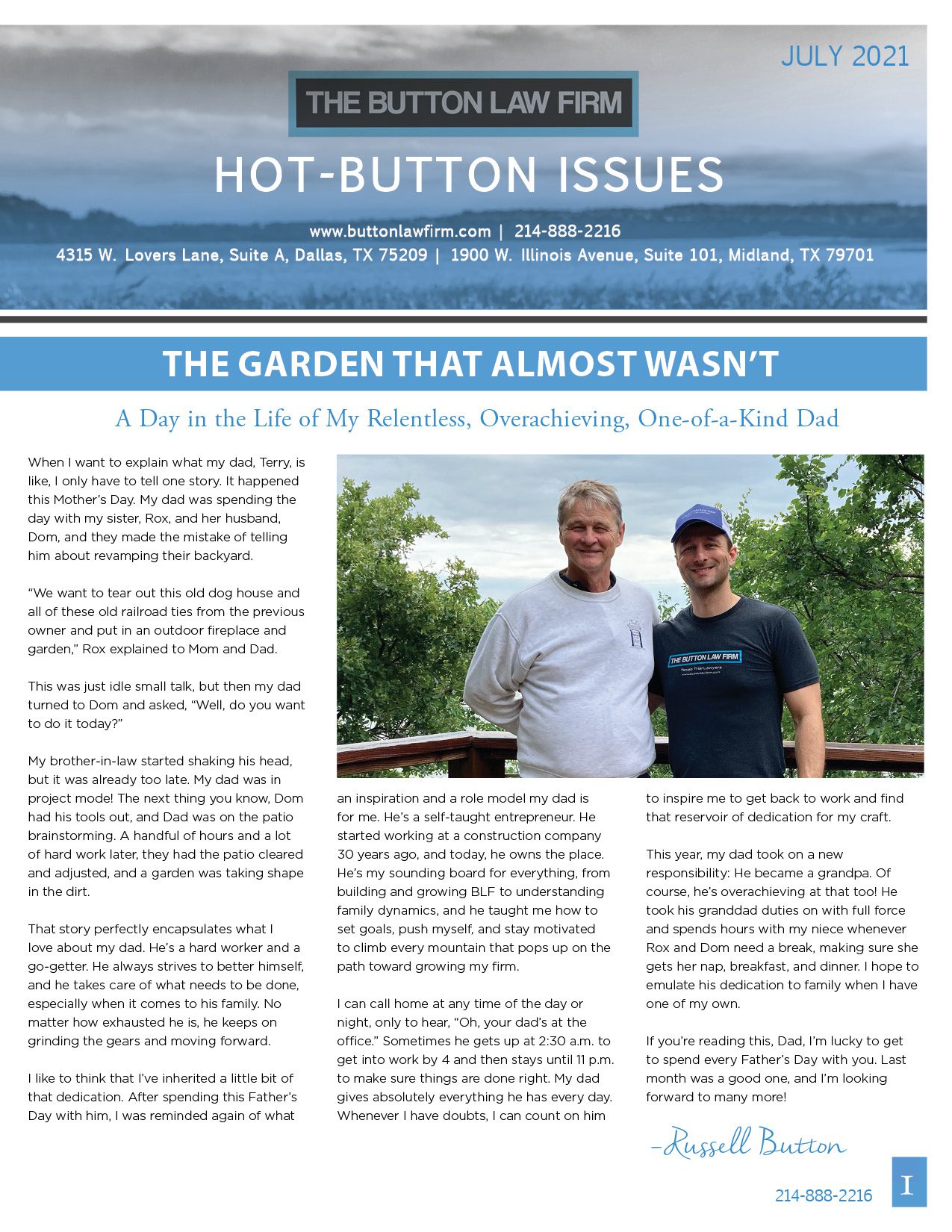
Button Law Button Law is an estate planning firm in San Francisco, California.

Atlanta Divorce Law Group Atlanta Divorce Law Group is a family law practice based in Atlanta, Georgia.
Home Services Newsletters

Overall Plumbing Servicing Nampa, Idaho, Overall Plumbing provides plumping repairs, inspections, and emergecy services to clients.
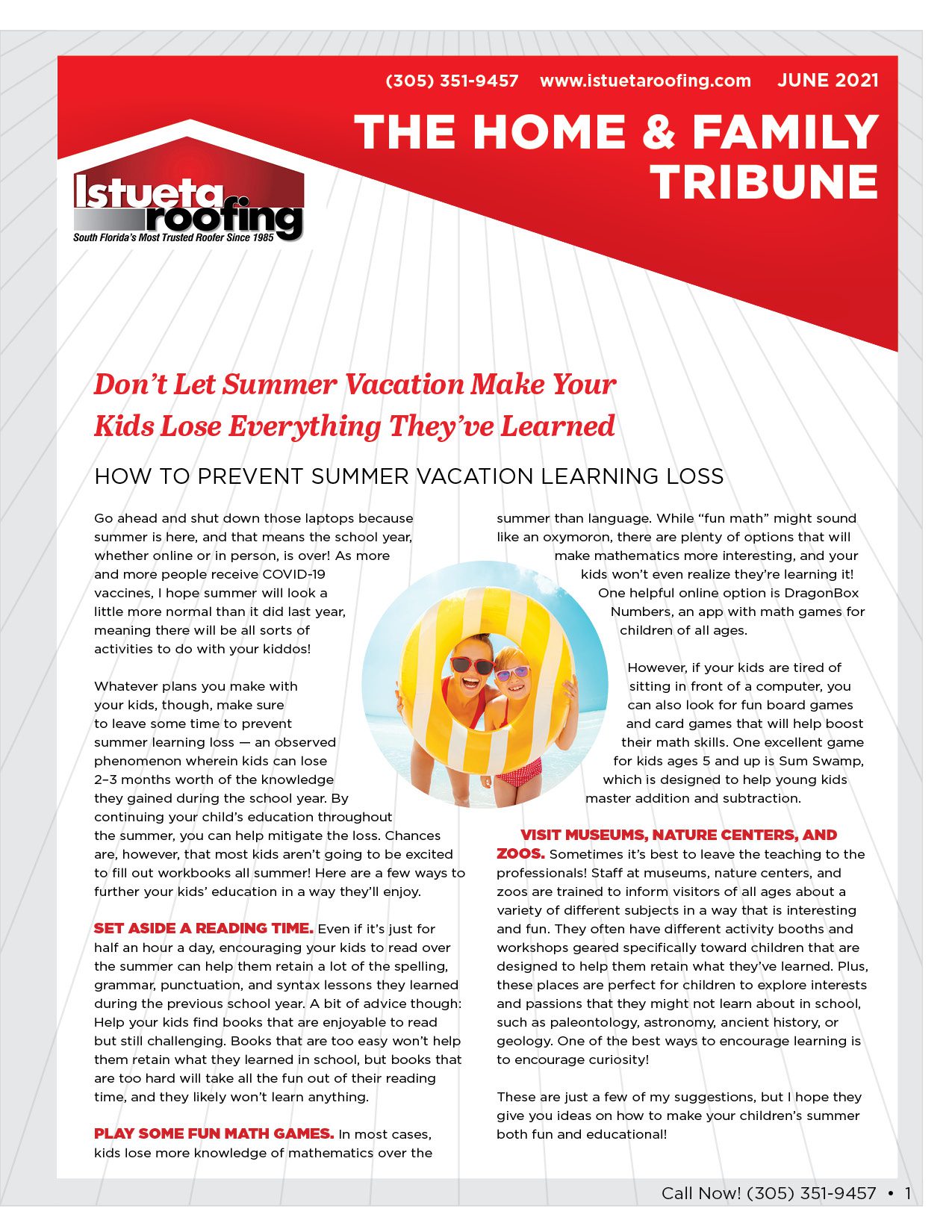
Istueta Roofing Istueta Roofing is a multigenerational, family-owned and -operated roofing company with a strong reputation for delivering exemplary service in Miami and throughout South Florida.
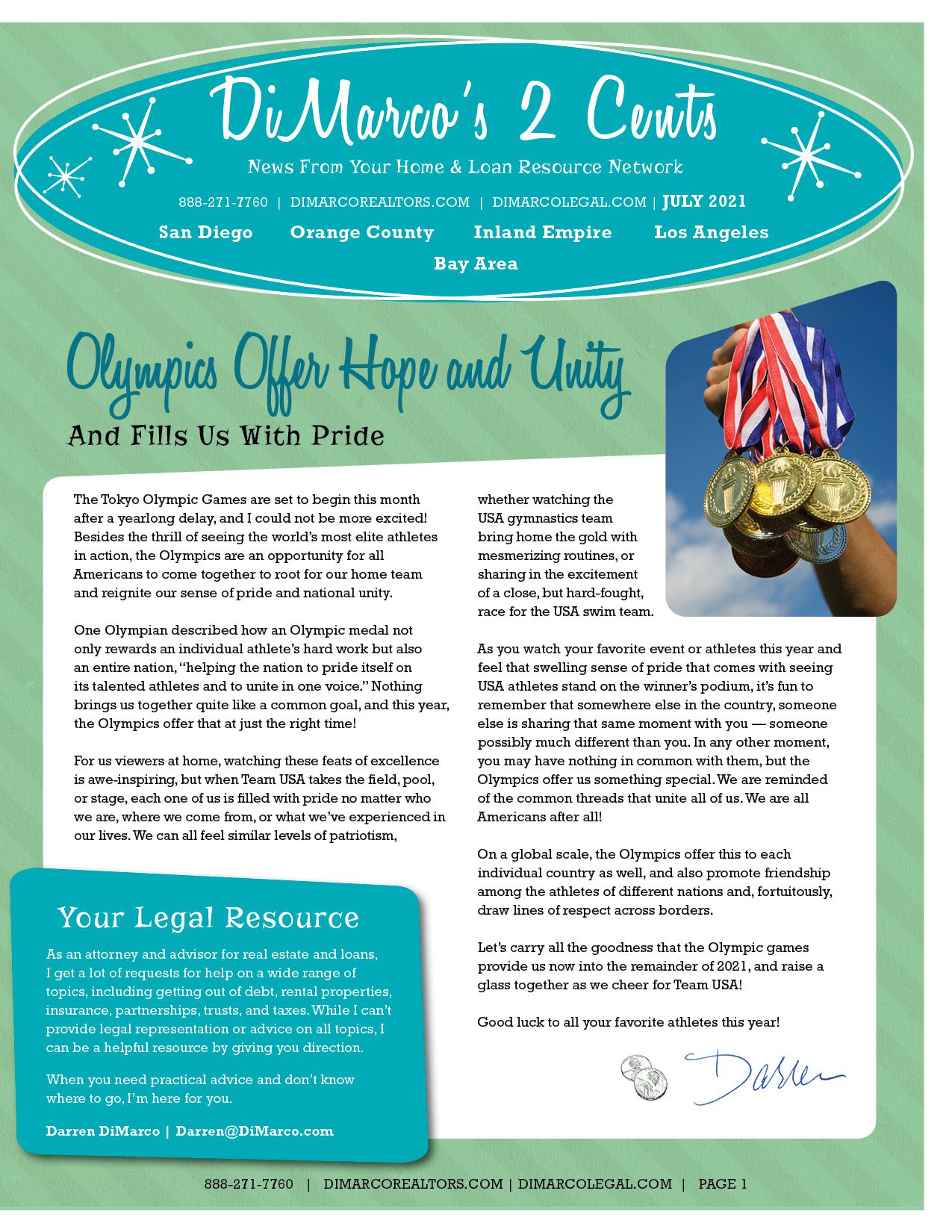
DiMarco Realtors DiMarco Realtors® agents are highly trained professionals who realize the necessity of keeping themselves informed of all the latest changes in the highly complex real estate field in San Clemente and the surrounding areas.
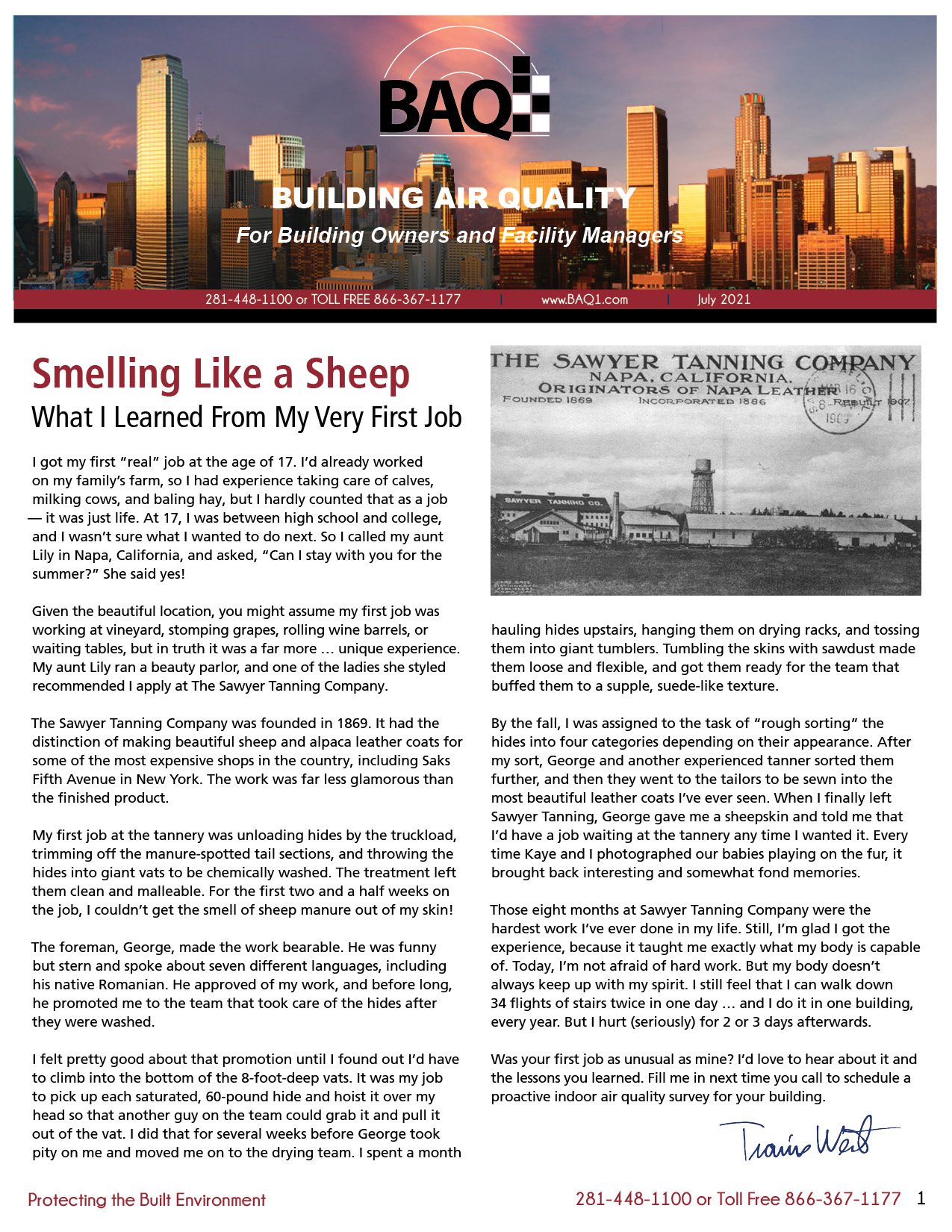
Building Air Quality Building Air Quality is a Texas-based consulting firm in business to identify and eliminate indoor air quality (IAQ) problems in commercial buildings.

AireServ Aire Serv® is a heating and cooling service company with a history of excellence, customer service, and quality craftsmanship.

Quick Sumo Pest Control QuickSumo Pest Control offers nontoxic, organic treatments at competitive prices to keep homes pest-free and families healthy.
Physical Therapy Newsletters
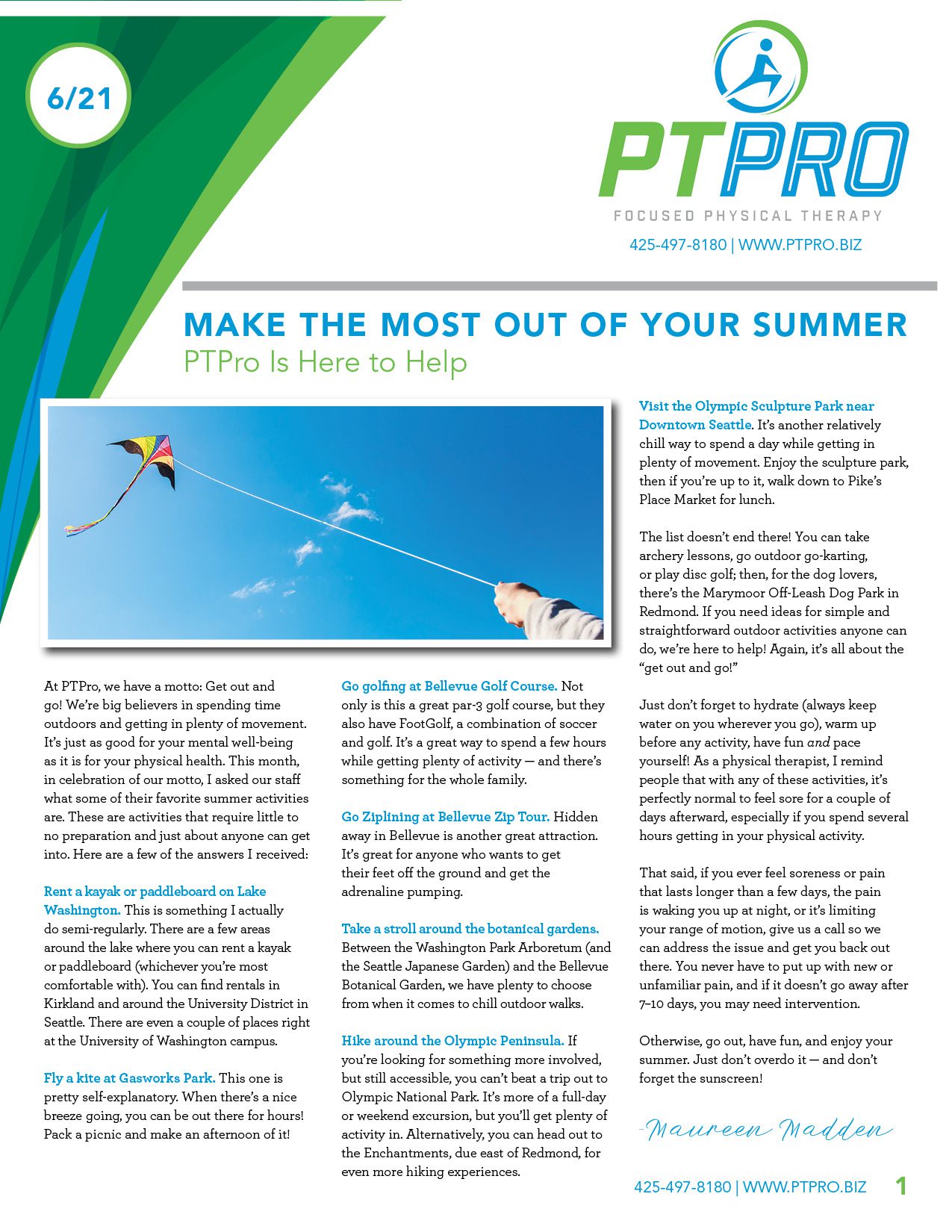
PT Pro PT Pro provides progressive and compassionate physical therapy services.
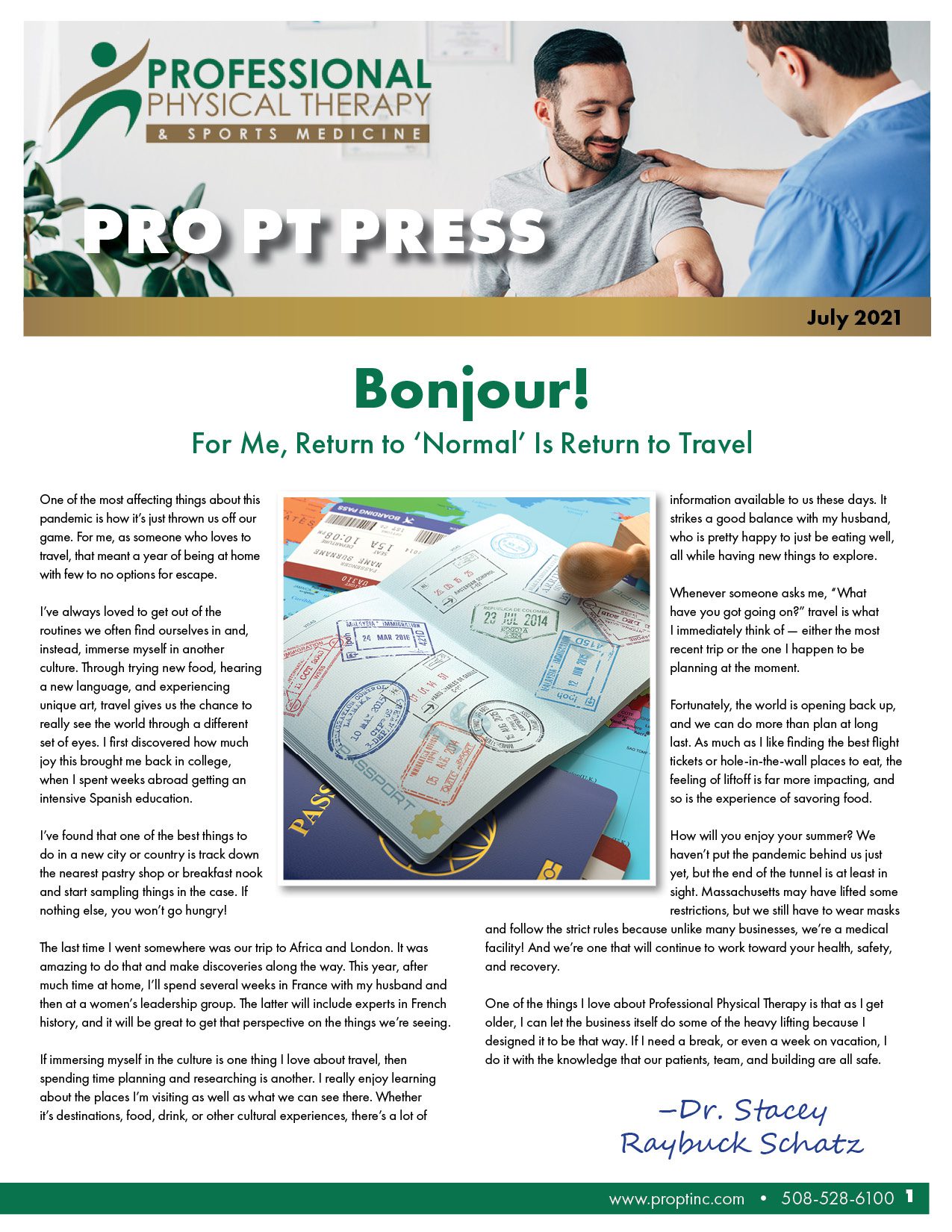
Professional Physical Therapy & Sports Medicine Professional Physical Therapy & Sports Medicine is a physical therapy practice that provides physical therapy, physical training, and community education to facilitate active, healthy lifestyles for clients.
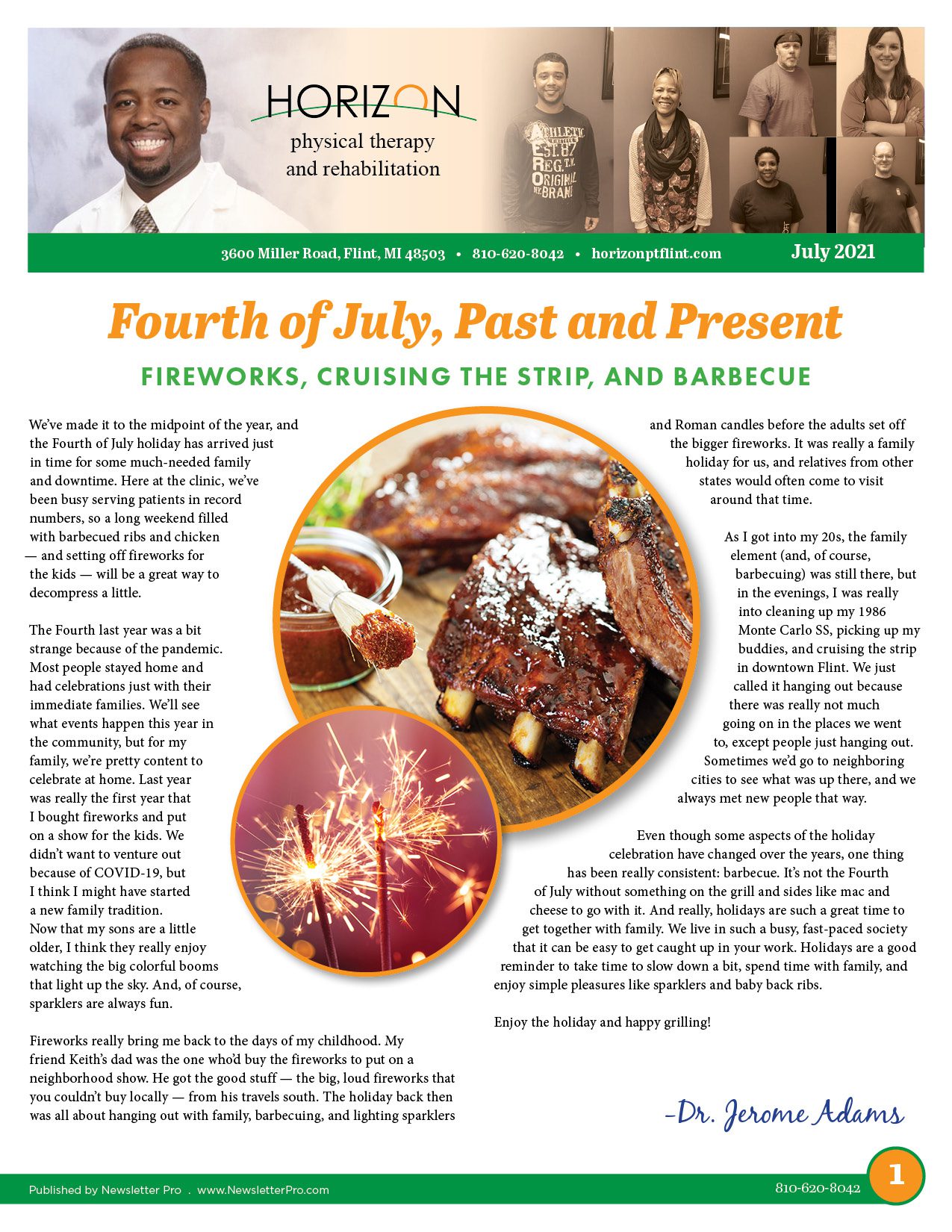
Horizon Physical Therapy Horizon Physical Therapy offers personalized, one-on-one outpatient physical therapy services.
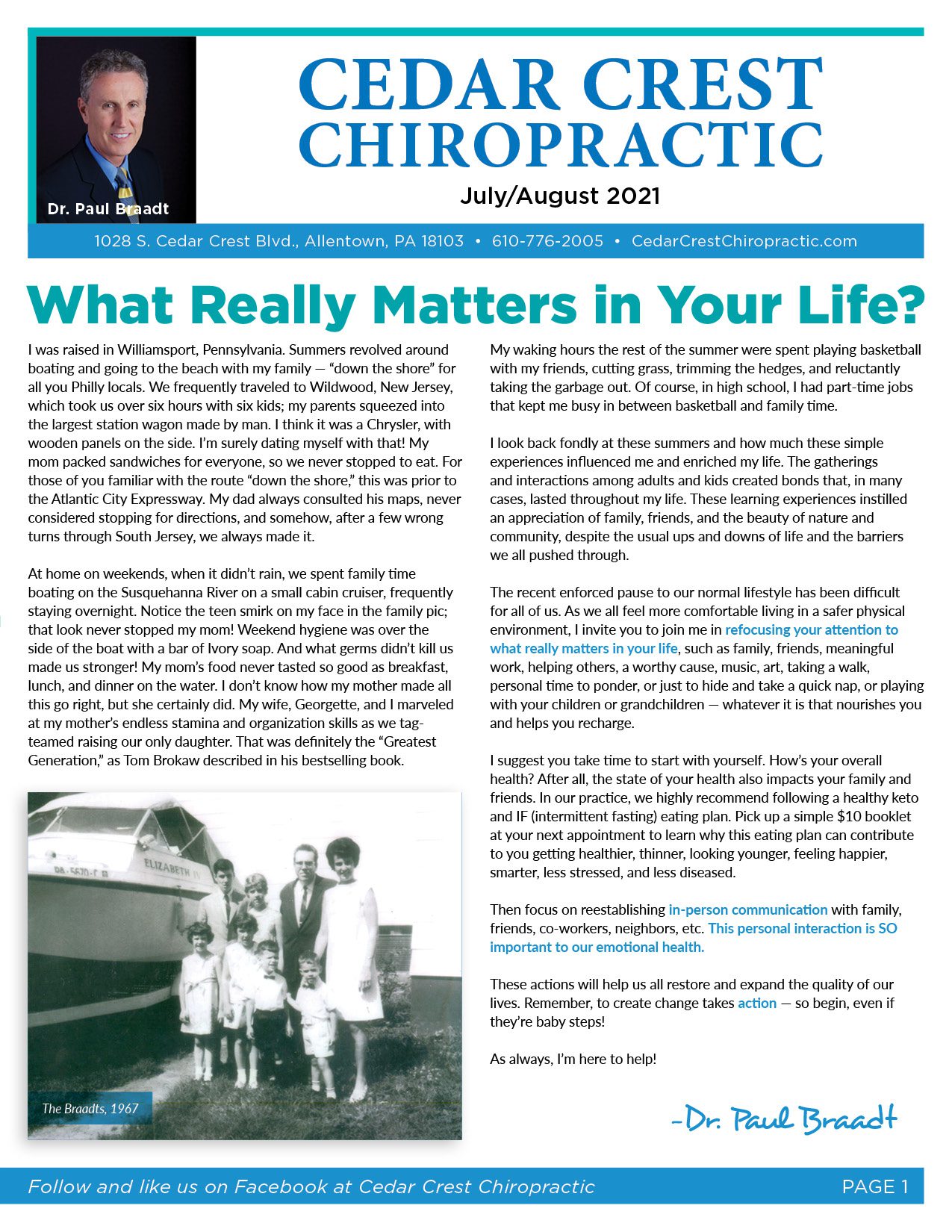
Cedar Crest Chiropractic Allentown Chiropractor Dr. Paul Braadt provides chiropractic care for back pain, neck pain, fibromyalgia, arthritis, workers' comp injuries, and other chiropractic services.
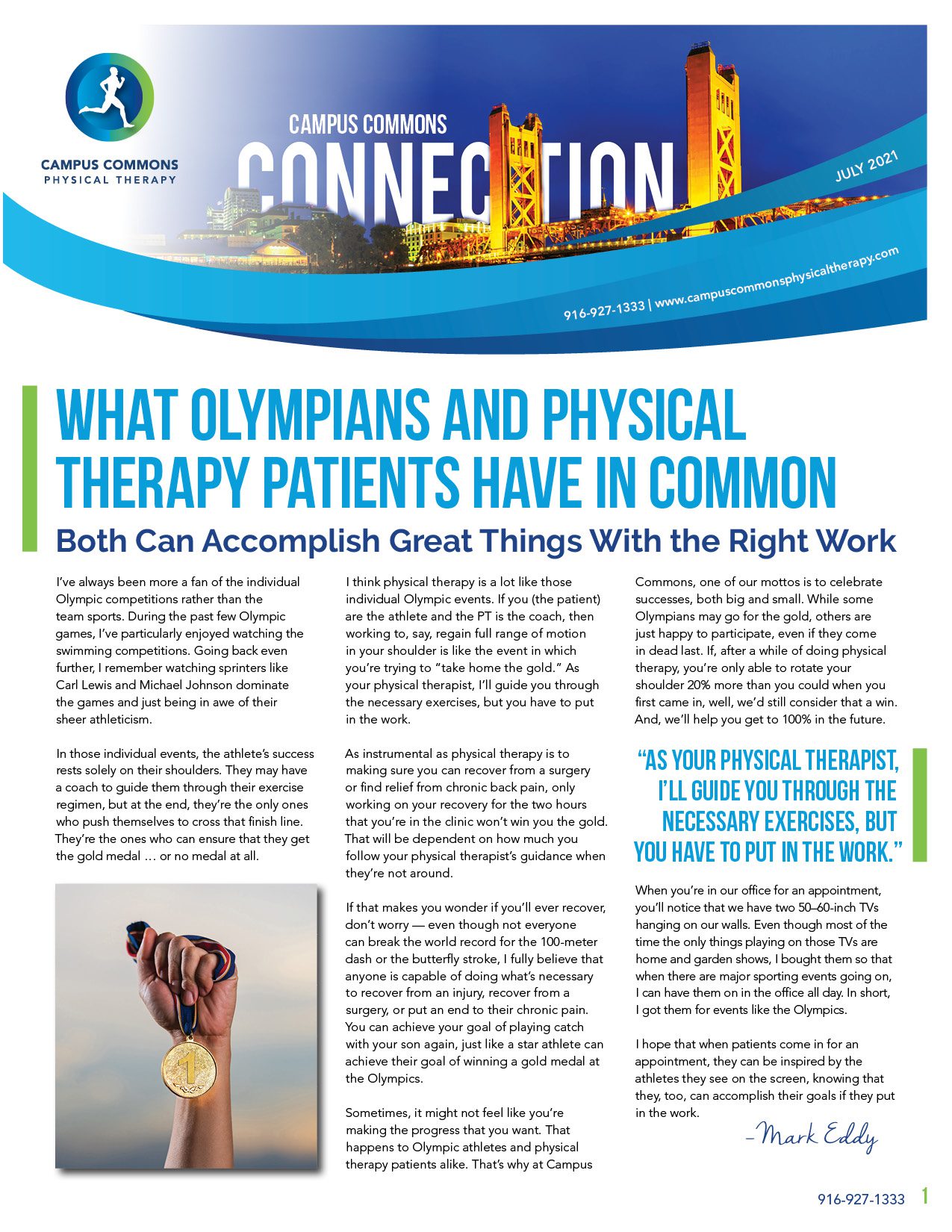
Campus Commons Physical Therapy Campus Commons Physical Therapy is a private, therapist-owned provider of outpatient physical therapy services.

Accelerate Therapy and Performance Accelerate Therapy and Performance is a physical therapy clinic in Salisbury, North Carolina.
B2B Newsletters

INSURICA Little Rock INSURICA is among the 40 largest insurance brokers in the United States and is currently the 24th largest privately held independent agency in the country.

October Kitchen October Kitchen is a full commercial production kitchen that has grown to serve over four thousand households in central Connecticut.

Jon Carson Consulting Jon Carson Consulting is a sales performance and strategic growth company led by executive coach Dave Tester and creative director Claudia Weathermon.

Franklin Building Supply Franklin Building Supply is a purveyor of fine home building goods. Their locations offer in-stock material for everything from framing (lumber) to finish (cabinets, carpet, etc.) with a healthy dose of industry knowledge and genuinely helpful service.

AZComp Technologies AZCOMP Technologies is a leading provider of Medisoft medical billing software in the nation and provide support, training, and more.

Agent Link AgentLink is an insurance broker that is focused on building relationships within their agent network. AgentLink agents enjoy world-class customer service, state-of-the-art technology, a comprehensive portfolio of products and services, agent partner/referral arrangements, back-room administrative support, and more.
B2C Newsletters

Patriot Wealth News Patriot Wealth Management is a fee-based investment advisory firm headquartered in Raleigh, NC.

Omaha Insurance Solutions Omaha Insurance Solutions is an independent insurance agency acting as a broker with many recognized, top-tier insurance companies offering you a very wide selection of health insurance products.

Francetic Tax Resolution LLC Francetic Tax Resolution LLC specializes in helping individuals navigate tax issues and mediate with tax officals.

Eye Plastic Associates Eye Plastic Associates specializes in eyelid plastic surgery, laser eyelid surgery, blepharoplasty, facial rejuvenation, laser skin resurfacing, and care for aging eyes.

Bockmans Auto Care Bockman's Auto Care has been Sycamore Illinios' top auto repair shop since 1964.

Animal Clinic of Kalispell The Animal Clinic of Kalispell advocates for pets and nurtures the bond with their family by providing the absolute best patient and client care available in the Flathead Valley.
Law Firm Newsletters

The Bledsoe Firm The Bledsoe Firm LLC is a firm serving Lake Forest, California in family law, divorce, and child custody cases.

Dewitt Law DeWitt Law PLLC supports clients in family law, adoption, and child custody cases.

Claggett Sykes Law Firm Claggett & Sykes is a personal injury law firm in Las Vegas, Nevada, that specializes in automobile, motorcycle, and bicycle accidents.

Chute O'Malley Colin J. O’Malley is a personal injury lawyer representing clients who have sustained traumatic brain injuries, paralysis, multiple fractures, and amputations or have lost loved ones due to negligence.

Button Law Button Law is an estate planning firm in San Francisco, California.

Atlanta Divorce Law Group Atlanta Divorce Law Group is a family law practice based in Atlanta, Georgia.
Home Services Newsletters

Overall Plumbing Servicing Nampa, Idaho, Overall Plumbing provides plumping repairs, inspections, and emergecy services to clients.

Istueta Roofing Istueta Roofing is a multigenerational, family-owned and -operated roofing company with a strong reputation for delivering exemplary service in Miami and throughout South Florida.

DiMarco Realtors DiMarco Realtors® agents are highly trained professionals who realize the necessity of keeping themselves informed of all the latest changes in the highly complex real estate field in San Clemente and the surrounding areas.

Building Air Quality Building Air Quality is a Texas-based consulting firm in business to identify and eliminate indoor air quality (IAQ) problems in commercial buildings.

AireServ Aire Serv® is a heating and cooling service company with a history of excellence, customer service, and quality craftsmanship.

Quick Sumo Pest Control QuickSumo Pest Control offers nontoxic, organic treatments at competitive prices to keep homes pest-free and families healthy.
Dental Newsletters

Gardens Dental Care Gardens Dental Care is a modern, state-of-the-art practice offering patients in the Palm Beach Gardens area a full-range of general and cosmetic dental services, from routine checkups to complete smile makeovers.

Flax Dental Flax Dental is at the forefront of dental advancements and education, discovering and using new technologies that will improve patients’ oral health and appearance.

Elkins Dental Elkins Dental is located in Emmett, Idaho, and provides general dentistry procedures and services.

Calapooia Family Dental Calapooia Dental provides preventive, restorative, cosmetic, and emergency dentistry services in Albany, Oregon.

Anderson Dental Care Anderson Dental Care offers everything from X-rays and cleanings to fillings, crowns, bridges, implants, nightguards, and more.

Alborzi Dental Alborzi Orthodontics is located in California and provides a wide range of orthodontics services for children and adults.
Physical Therapy Newsletters

PT Pro PT Pro provides progressive and compassionate physical therapy services.

Professional Physical Therapy & Sports Medicine Professional Physical Therapy & Sports Medicine is a physical therapy practice that provides physical therapy, physical training, and community education to facilitate active, healthy lifestyles for clients.

Horizon Physical Therapy Horizon Physical Therapy offers personalized, one-on-one outpatient physical therapy services.

Cedar Crest Chiropractic Allentown Chiropractor Dr. Paul Braadt provides chiropractic care for back pain, neck pain, fibromyalgia, arthritis, workers' comp injuries, and other chiropractic services.

Campus Commons Physical Therapy Campus Commons Physical Therapy is a private, therapist-owned provider of outpatient physical therapy services.


